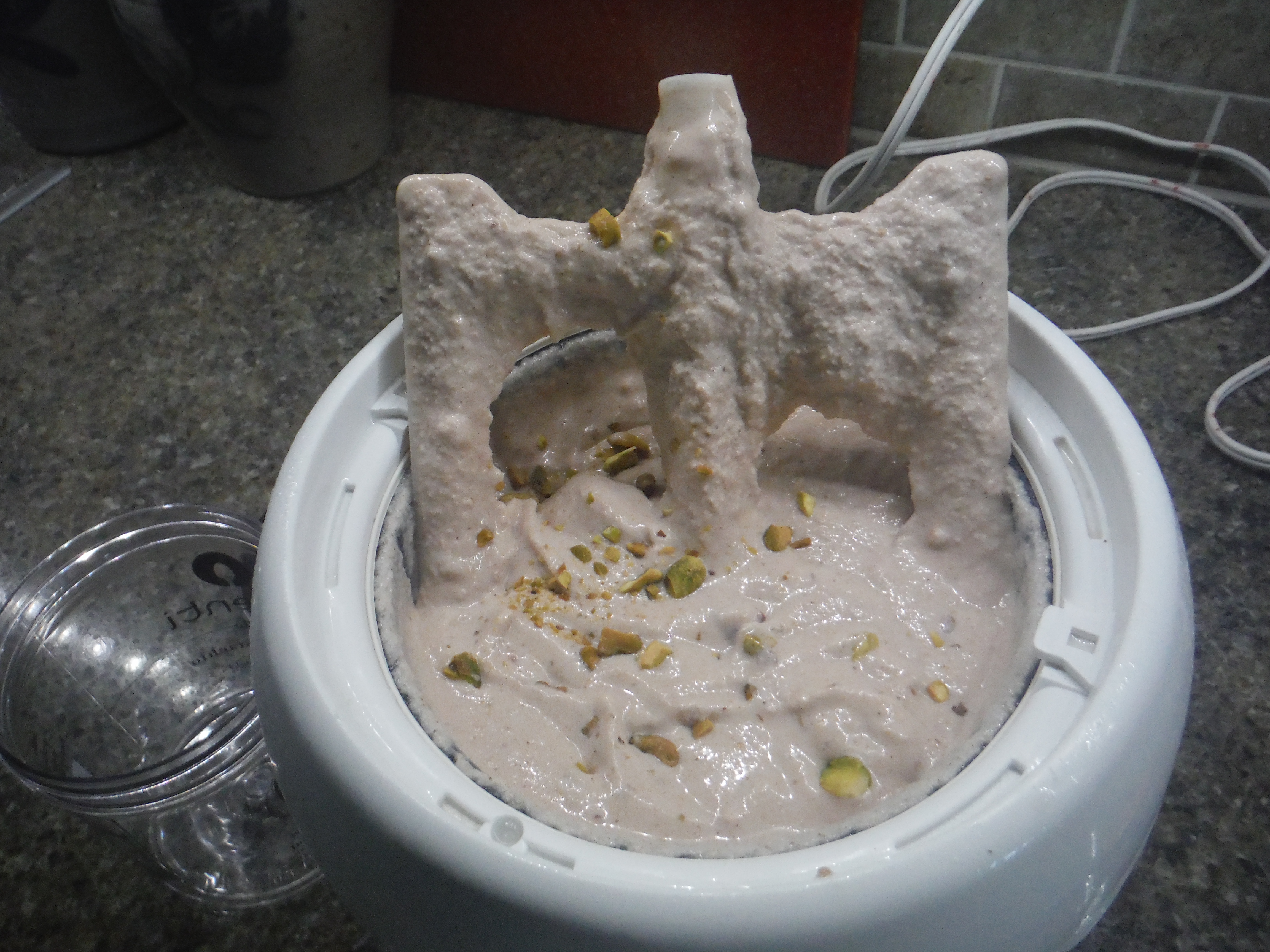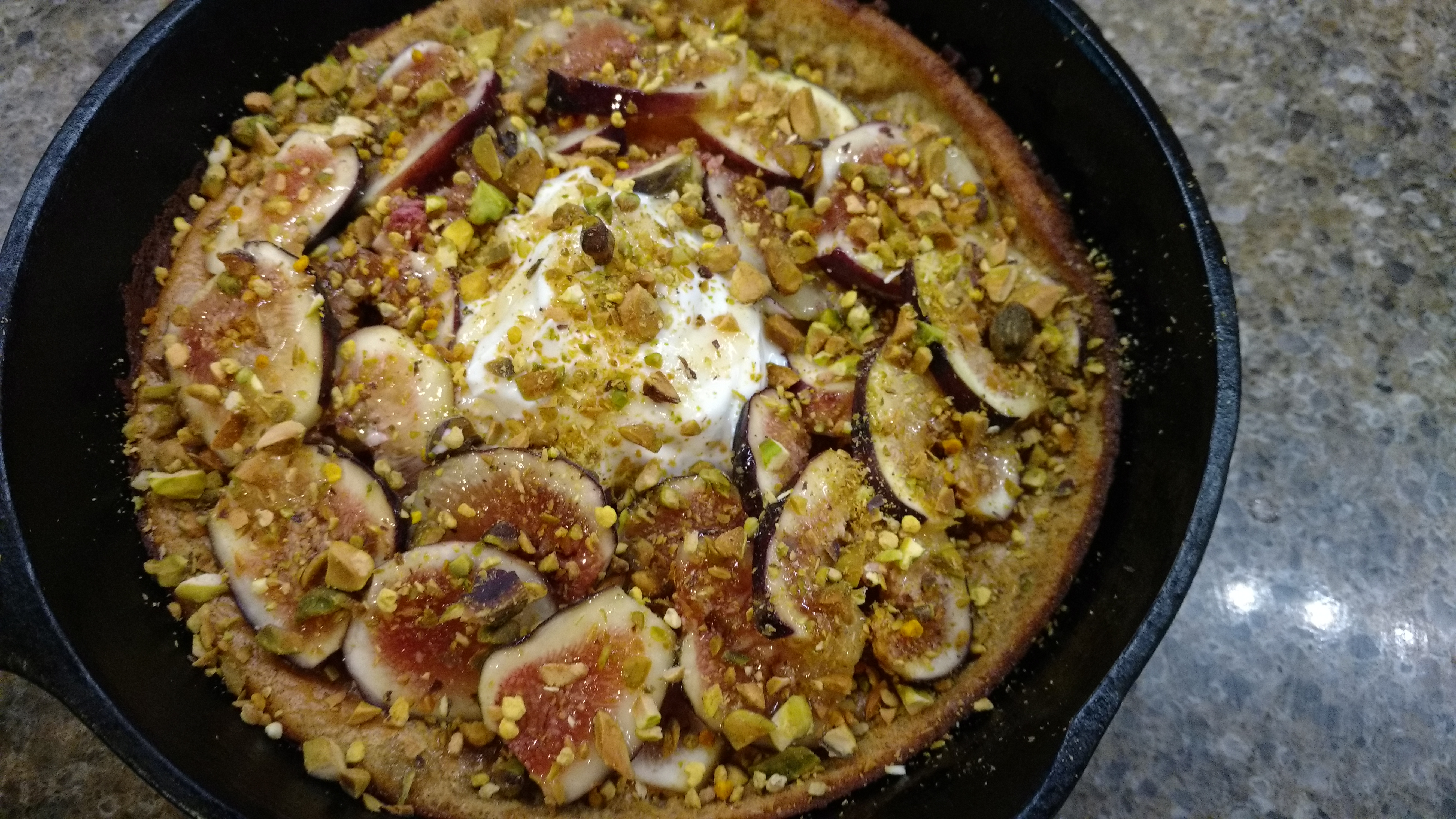
It’s summer in Tucson, which means extreme heat, monsoon rains, gorgeous cloud formations and sunsets along with the ever-popular humidity. (Well, the ever-popular part might be debatable.) Oh! And…
Figs!
We all know that I am a fanatical aficionado of fresh figs, given that this is my second post starring the petite plummy fruit. There is nothing debatable about the luscious nature of the fig, full of honey and berry flavors. As mentioned here last July, fresh figs were actually a well-concealed part of my retirement plan, given that midwestern farm types don’t have the climate to grow them. My neighbor’s tree here in the desert southwest yielded mightily once again and I have purchased numerous baskets of them from my local grocer. Plus I’ve been keeping an eye out for a certain vendor at the farmers’ market, as he sells the best local organic figs ever. He didn’t disappoint, showing up for the first time several weeks ago. I really hope the fruity little fellas are good for me, as I tend to overdose on them each summer, as is patently obvious at this point!
And yes, given this fig bounty, four pints of my fig frozen yogurt (July, 2017) were securely nestled into the deepest section of my freezer. Maybe not quite deep enough though, since we couldn’t resist serving it for dessert the day it was made, then for a company dinner and now we are polishing off the third pint because it’s summer…or something. Might have to invest in additional fro-yo before summer fig season is over. I’ve also combined these succulent fruits with Greek yogurt and honey for an ingenious summer dessert and feasted upon them simply as fruit in hand. But their potential has come calling again, as it is so wont to do, for a crisp yet delicate Dutch Baby. I make a delectable buckwheat Dutch baby with blueberries and maple syrup, and a fig variation is on the breakfast menu today.
The Dutch baby was not a breakfast item served on our farm. This is somewhat surprising, given that my mom made both delicate lacy crepes and big beautiful crispy cream puffs. A Dutch baby would appear to be the offspring of these two delights, but alas, I did not discover it until many years later. Actually, one could stuff crepes with fresh figs and ricotta, roll them up and apply a drizzle of honey… oh but wait, I’m supposed to be baking a Dutch baby…
Just in case you are one of the unfortunate folk that don’t have a ready supply of summer figs, it’s good to know that Dutch babies are incredibly tasty with any number of fruits. Fresh juicy peaches with pecans or sweet strawberries with slivered almonds would make great combinations as well. Whatever yummy fruits you happen to have around, I hope you’ll give this Dutch baby a try before summer fruit marches into the sunset for the year.
However, I might point out that two types of figs were available at my local Trader Joe’s this week, so this might be your chance to run out and snag them. Which you should most definitely do, particularly if you have never tried them… but I will warn you, if you become addicted to figs, you might have to alter your retirement plans, too!
Honeyed Fig and Pistachio Dutch Baby
Ingredients
- ¼ cup toasted unsalted pistachios divided
- 5 tablespoons flour I used a combination of Sonoran white whole wheat and oat flour; gluten free blend is fine
- ¼ teaspoon salt
- ¼ teaspoon cinnamon
- Pinch of cardamom
- 2 eggs
- 1/3- cup milk
- 1 tablespoon honey divided
- ½ teaspoon vanilla
- 1- tablespoon butter
- ¼ cup Greek yogurt skyr, ricotta or cottage cheese
- 5 large fresh figs sliced thinly
- Optional sprinkles bee pollen, chia or poppy seeds
Instructions
- Place a 9-inch cast iron skillet in the oven and preheat to 425° F.
- Measure 2 tablespoons of the pistachios into the work bowl of a food processor. Process until a fine meal forms. Add the flours, salt, cinnamon, and cardamom. Process briefly to combine. Add the eggs, milk, 1 teaspoon of the honey and vanilla and process to blend. Allow to sit while the skillet is heating. Remove the hot skillet from the oven and swirl the butter in it till melted to coat the pan surface. Pour in the batter and bake 15-20 minutes, until puffed, brown and set. Chop the remaining 2 tablespoons of pistachios. Cool for several minutes, then place a scoop of the yogurt in the center. Arrange the fig slices around the center. Drizzle with the remaining 2 teaspoons honey and sprinkle with the chopped nuts. Dust with any of the sprinkles if desired.

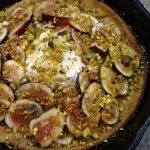
 Anyone who’s anybody these days has a wheat story…
Anyone who’s anybody these days has a wheat story…
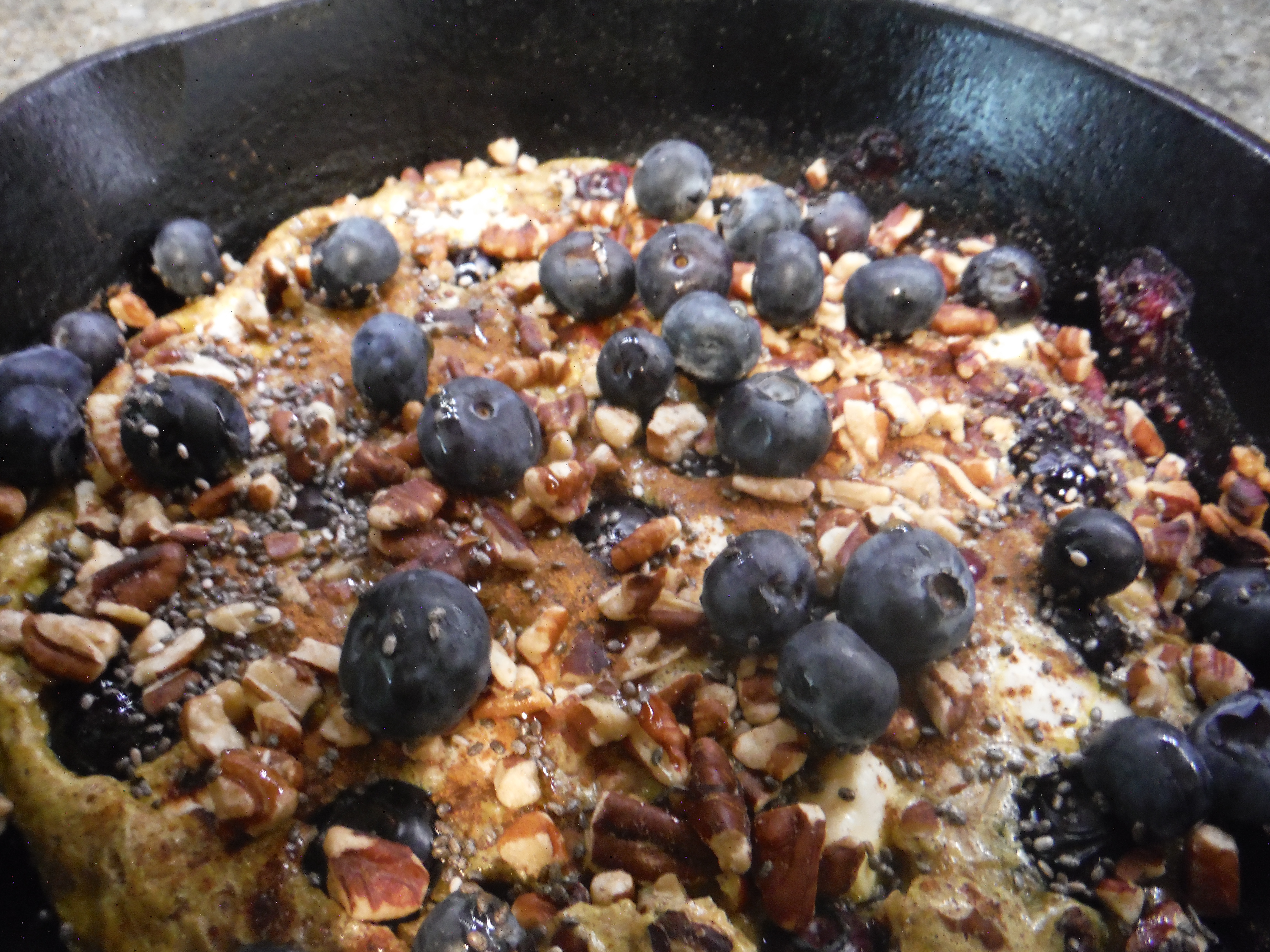
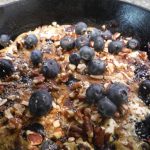
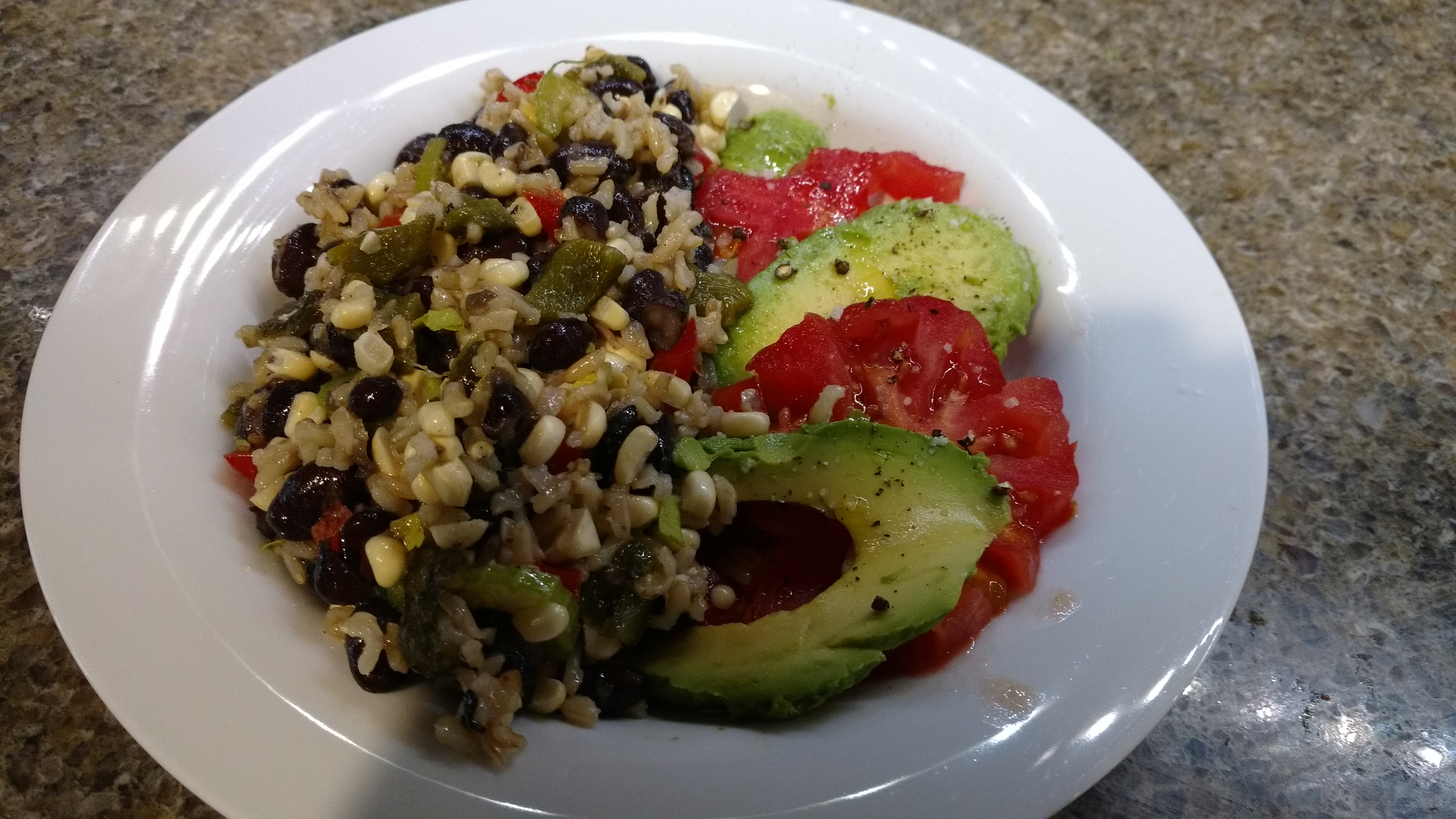
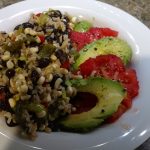


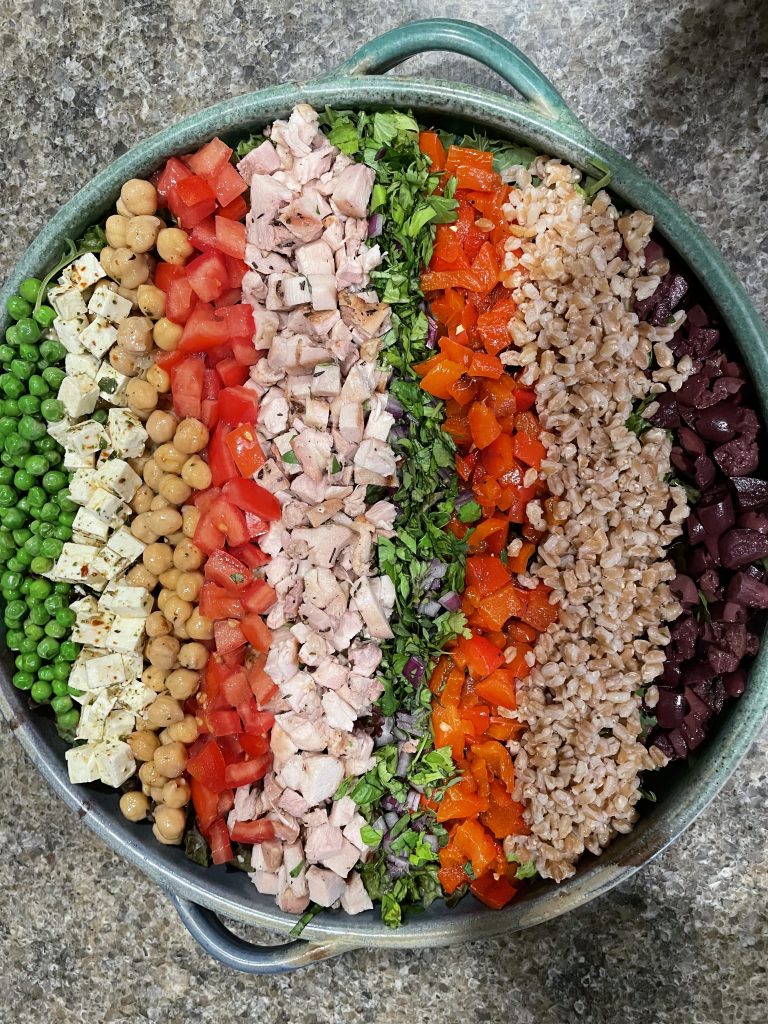
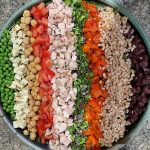
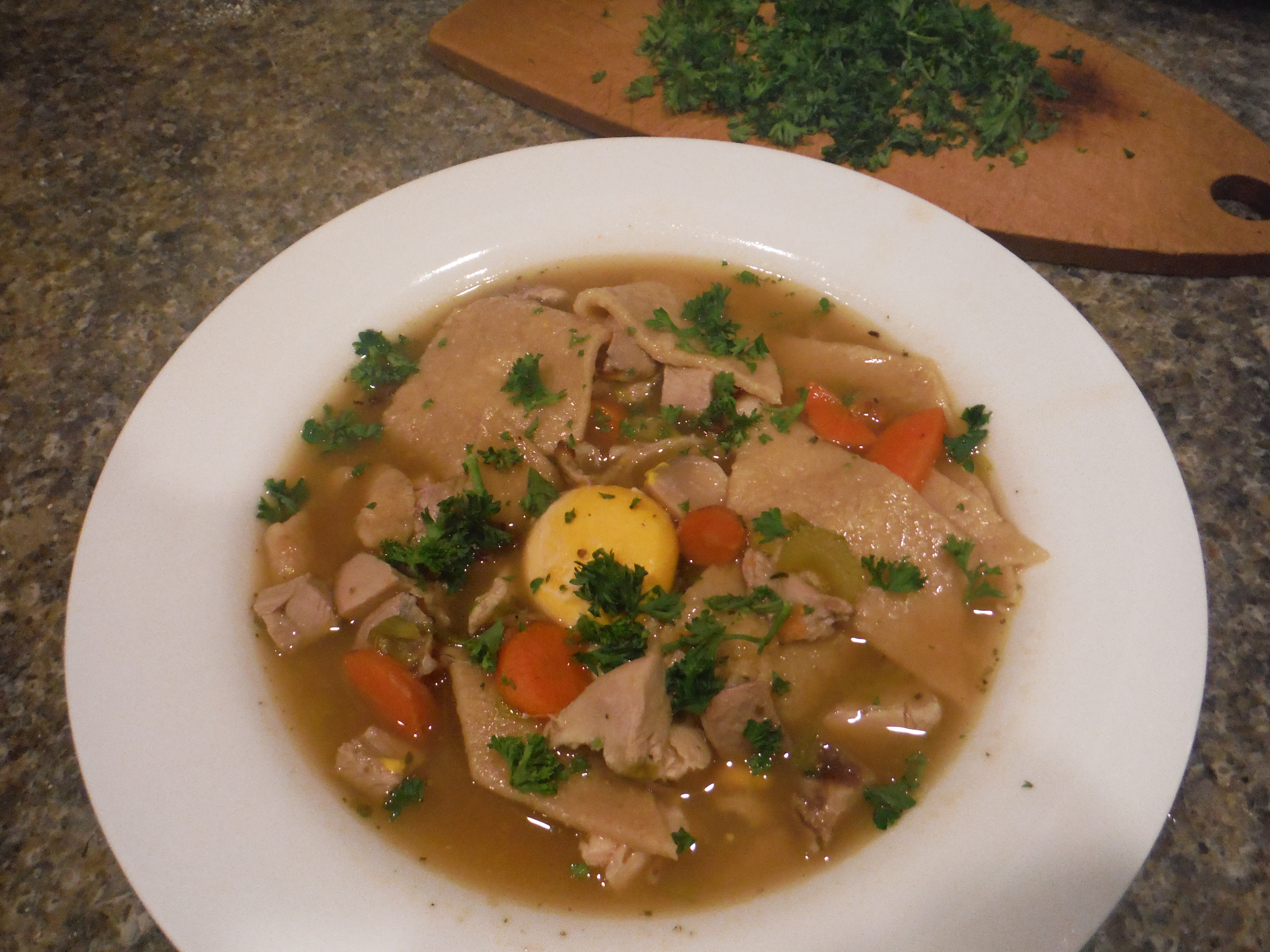

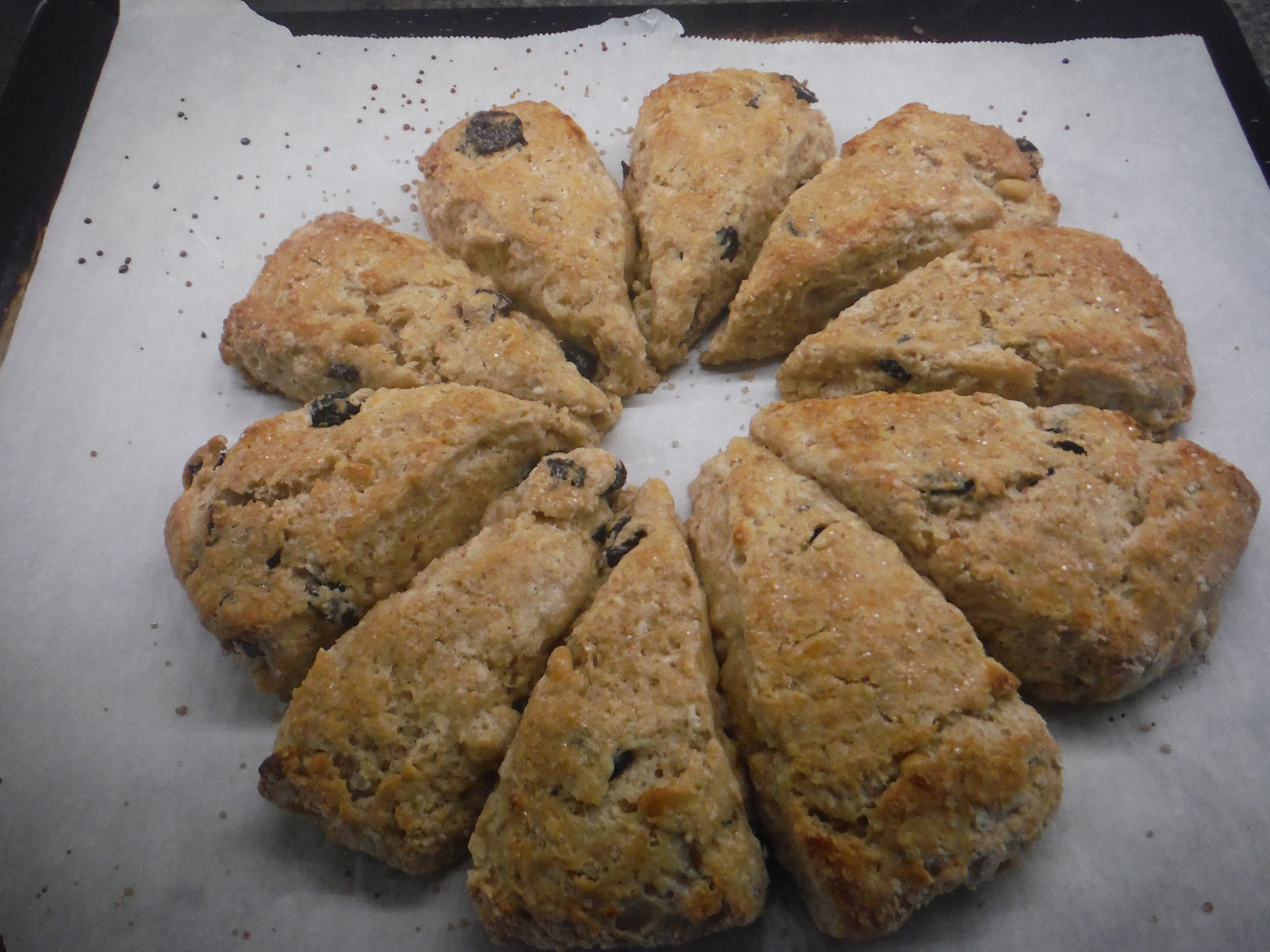

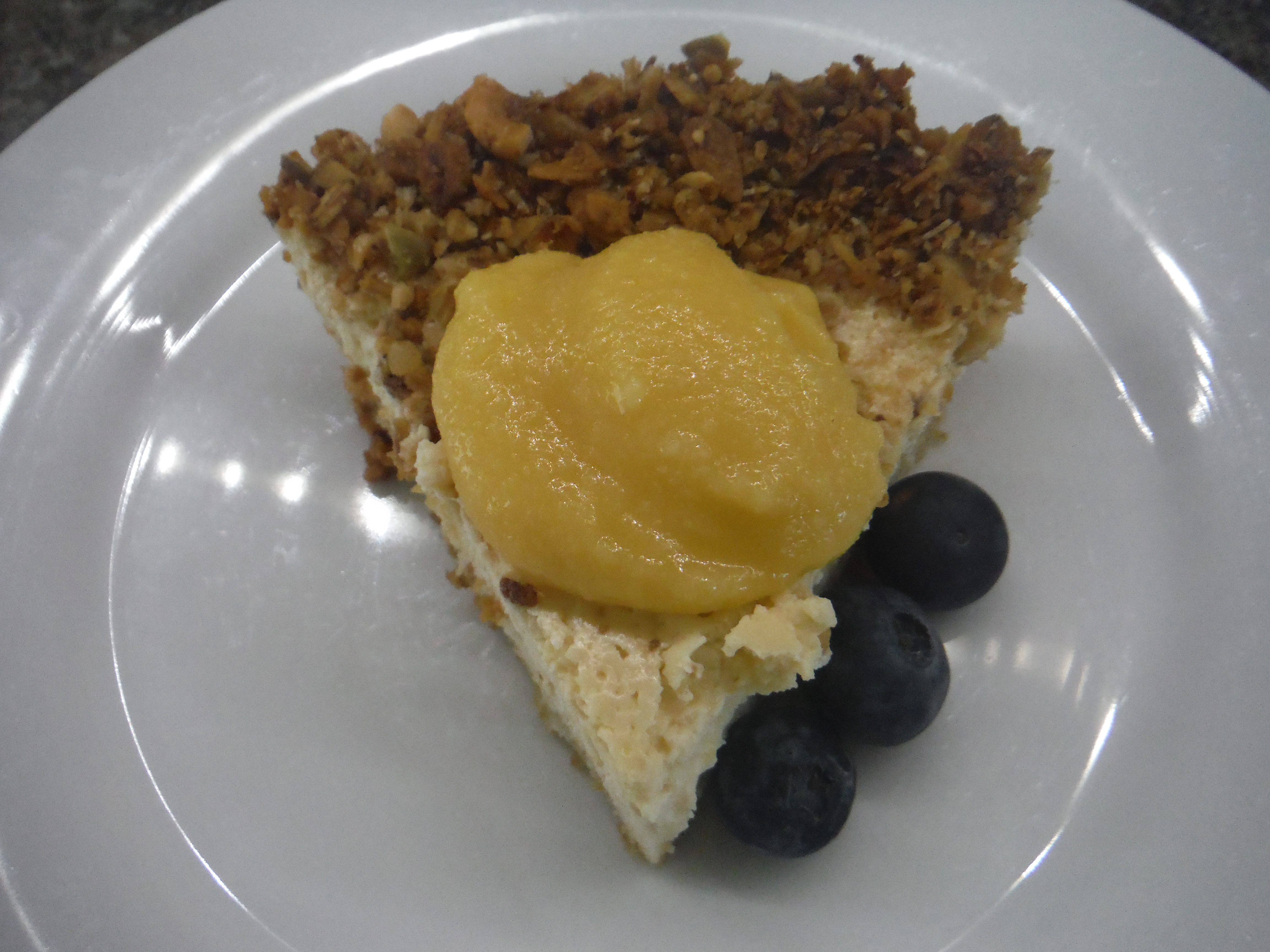


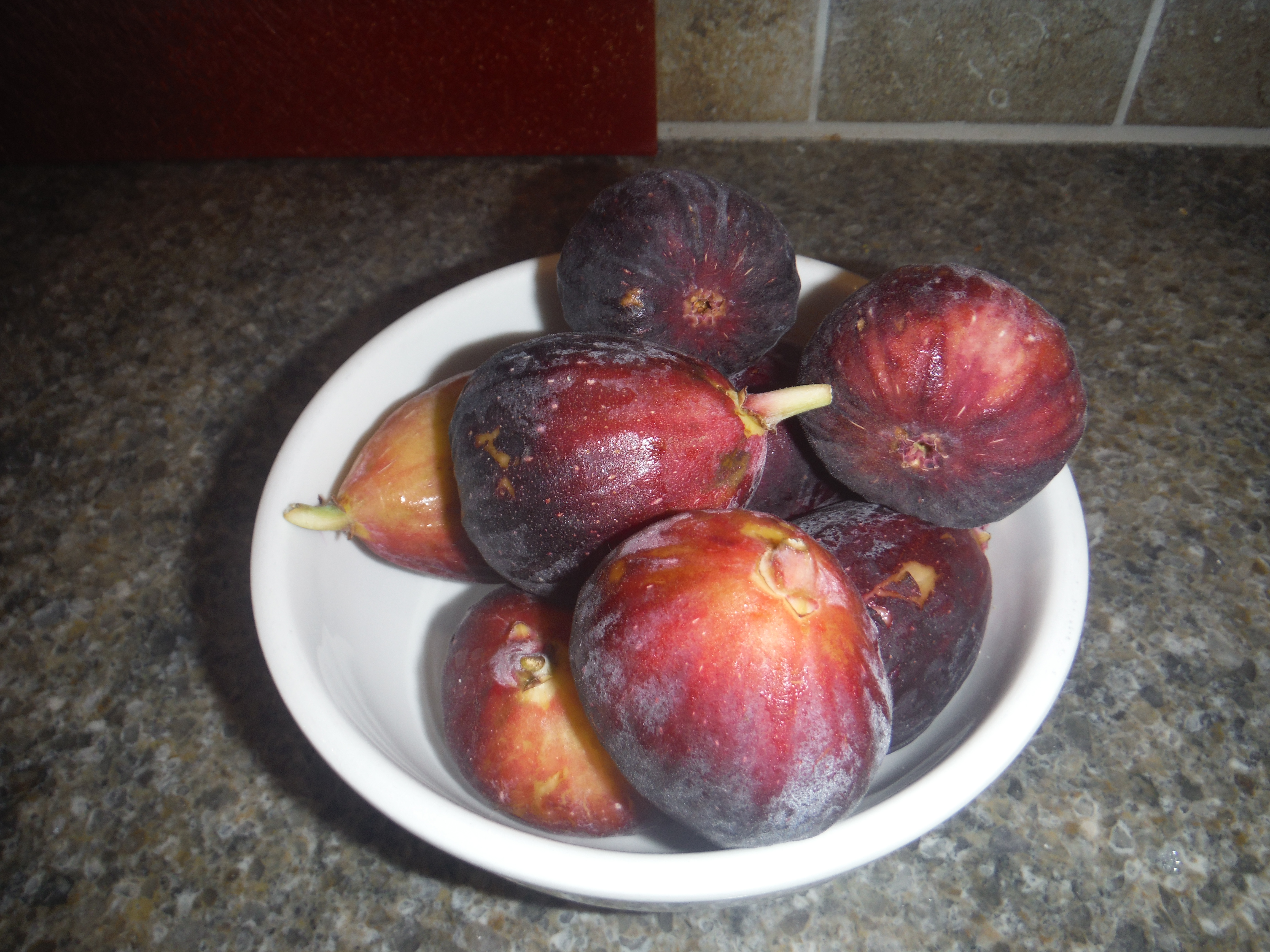 Seasonal foods were the rule on the farm; if you wanted to eat, they were what showed up on your plate. Out of season it had better be cellared, canned or frozen, because the selection at the grocery was slim by today’s standards. I have to admit that my mother, the adventurous cook, did go a bit hog wild when a selection of more international ingredients began showing up in the produce bin, but for the most part we happily ate what we produced or found locally.
Seasonal foods were the rule on the farm; if you wanted to eat, they were what showed up on your plate. Out of season it had better be cellared, canned or frozen, because the selection at the grocery was slim by today’s standards. I have to admit that my mother, the adventurous cook, did go a bit hog wild when a selection of more international ingredients began showing up in the produce bin, but for the most part we happily ate what we produced or found locally.